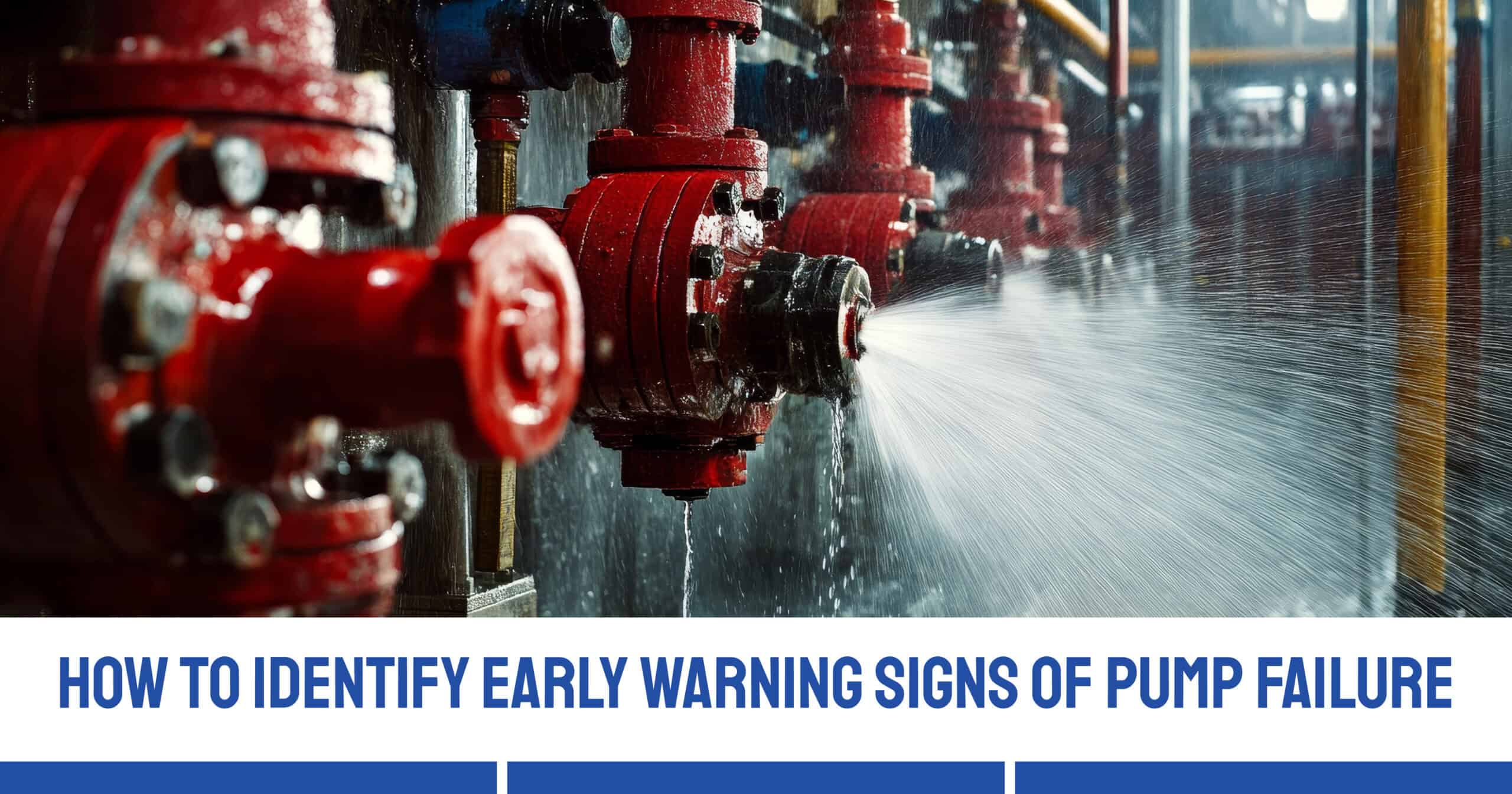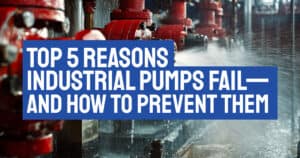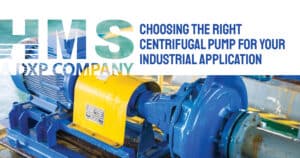When a pump goes down unexpectedly, the costs can be significant. Production delays, equipment damage and unplanned repair bills are all major concerns for an operator. The good news is that pumps rarely fail without warning. By learning to recognize the early signs of trouble, plant managers can take proactive steps to minimize downtime and extend equipment life.
Why Early Detection Matters
Catching pump problems early is the difference between a minor adjustment and a major breakdown. Early detection reduces costly emergency repairs, improves safety and helps operations run smoothly. Pumps are long-term investments, and safeguarding their performance means getting ahead of potential issues before they escalate.
Key Warning Signs of Pump Failure
1. Excessive Noise
A well-functioning pump should operate with a steady, consistent sound. When unusual noises like grinding, rattling or high-pitched squeals occur, it often points to problems. Common pump issues can include cavitation, worn bearings, or misalignment. Ignoring these sounds can quickly lead to catastrophic damage.
2. Abnormal Vibration
Pumps naturally produce some vibration, but noticeable increases are a clear red flag. Excessive vibration can signal imbalance, loose components or alignment issues between the pump and motor. If left unaddressed, vibration accelerates wear on bearings and seals. This will ultimately shorten the pump’s lifespan.
3. Temperature Fluctuations
If a pump runs hotter than normal, it may indicate inadequate lubrication, bearing failure or restricted flow. Elevated temperatures can also damage seals and gaskets, leading to fluid leakage. Regularly monitoring pump casing and bearing temperatures can help detect developing issues.
4. Pressure and Flow Irregularities
Declining discharge pressure or inconsistent flow rates often suggest impeller damage, internal wear or blockages in the system. These performance drops impact efficiency and place additional strain on other components in the process.
5. Seal or Bearing Leaks
Visible fluid leaks around the seal or unusual oil leakage from bearings are direct signs that parts are wearing down. Even minor leaks can escalate quickly, leading to equipment contamination or failure if left untreated.
6. Increased Energy Consumption
When pumps require more power to deliver the same output, it usually means efficiency is slipping. Cavitation, impeller wear or flow restrictions can cause motors to draw excess current. This will raise energy costs while straining equipment.
How Operators Can Stay Ahead
Identifying early warning signs is only the first step. To make monitoring effective, you should:
- Implement routine inspections: Schedule visual and performance checks to catch small changes before they become big problems.
- Use vibration and temperature monitoring tools: Simple sensors can provide continuous data on performance trends.
- Train staff to recognize abnormalities: Operators who understand what to listen and look for are the first line of defense.
- Partner with experienced service providers: A trusted partner like Hennesy Mechanical Sales, a DXP company can provide preventive maintenance, predictive monitoring and timely repairs tailored to your operation.
Your Pump Partner
Pump failures don’t happen overnight. They give off warning signs. By paying attention to noise, vibration, temperature and performance shifts, you can save significant time and money while extending the life of your pump systems.
Hennesy Mechanical Sales, a DXP company is here to help with expert maintenance services and reliable solutions designed to keep your operation running at peak efficiency. Contact us today to learn more about our pump management services.





